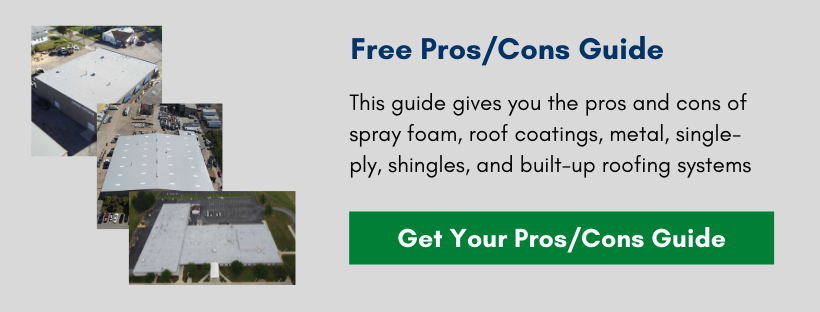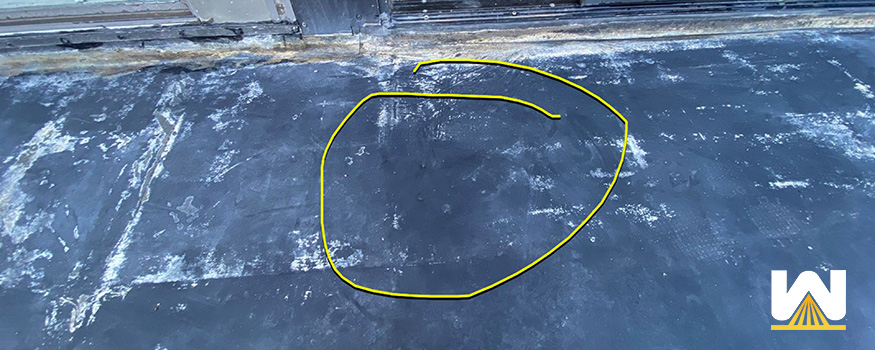Summary: You want to seal the entire roof with a fluid-applied roofing system, such as a roof coating system or spray polyurethane foam.
Perhaps you have a commercial roof leak and you have no idea where it’s coming from. You’ve done patch after patch and repair after repair.
Water is still coming in from somewhere.
Now what do you do?
Our advice is to install a fluid-applied roofing system, such as:
Both systems will 100% cover and seal all seams, penetrations, flashings, fasteners, and the entire field of the roof. One (or all) of these could be attributing to your leak.
Metal roofs have thousands of fasteners on them. It would be difficult to determine which fastener is allowing water into the building.
Single-ply roofs, such as TPO and EPDM have seams that are the length of the building. If there’s a microscopic lift at any point, water can enter the insulation below.
Here’s a video on each of the fluid-applied roofing systems installed from start to finish:
- Silicone roof coating project from start to finish:
- Spray foam roofing project from start to finish:
What other info would be helpful?
- Is your roof eligible or suitable for a roof coating system?
- How much does each fluid-applied roofing system cost per square foot?
- What are some problems with each system?
- What other things should a building owner watch out for?
Let’s quickly go through each of these questions below:
Is your roof eligible or suitable for a roof coating system?
Every existing roofing system can be “coated.” However, if you have loose gravel on your roof or the roofing surface is very grainy, a coating system will not be cost-effective.
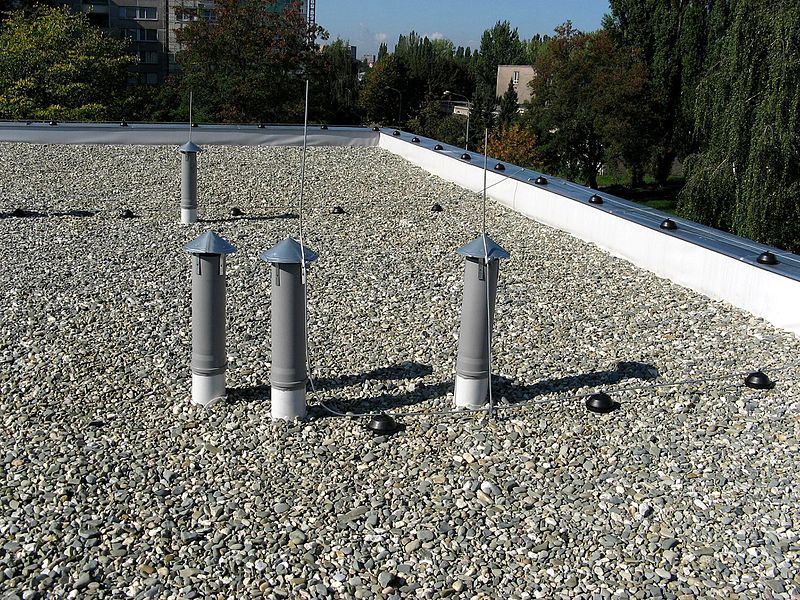
Once you remove the loose gravel, a rough surface profile will remain. It will take an extraordinary amount of coating to smooth the surface and then apply enough of a coating thickness to grant a warranty.
In this case, a spray foam roof would be more cost-effective.
Let’s say you have a smooth roofing surface.
Your roof can be eligible for a roof coating system if:
- Less than 25% of the roof’s insulation is wet
- There’s been at least annual maintenance on the roof
- The adhesion of the seams is in good-to-decent shape
If you don’t hit all three checkpoints, you might have to tear the roof off.
How much does each fluid-applied roofing system cost per square foot?
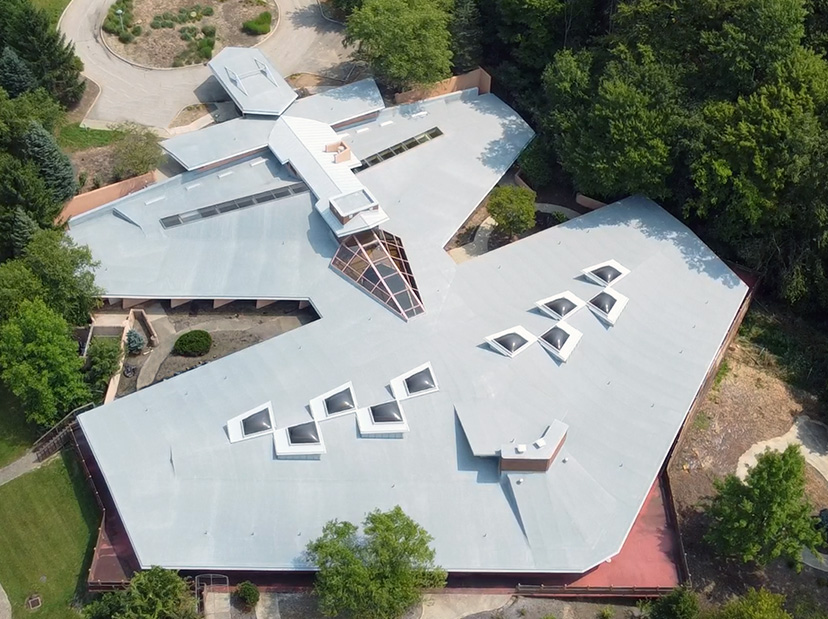
- *Silicone roof coating system = $3 – $7 per square foot
- *Spray foam roofing system = $5 – $10 per square foot
*Keep in mind: These are ballpark numbers that can change based on many variables.
Here are a few factors that influence price.
How long of a warranty do you want?
On each roofing system, the thickness of the coating is what determines the warranty.
- For a 10-year warranty, a total thickness of 20 mils will be installed
- For a 15-year warranty, a total thickness of 25 mils will be installed
- For a 20-year warranty, a total thickness of 30 mils will be installed
Longer warranty = more product = higher cost
How much preparation is involved before the product can be installed?
No roofing system should be installed over wet insulation. Wet insulation needs to be identified, removed, taken to a landfill, and a new product needs to be installed.
Is this 1% of the roof…or 20% of the roof?
On a 100,000 sq. ft. roof, this can make a big difference in labor and material costs.
Many more factors influence cost, which can be found in the links below:
- The variables that influence the cost of a roof coating system
- The variables that change the cost of a spray foam roofing system
What are some problems with each system?
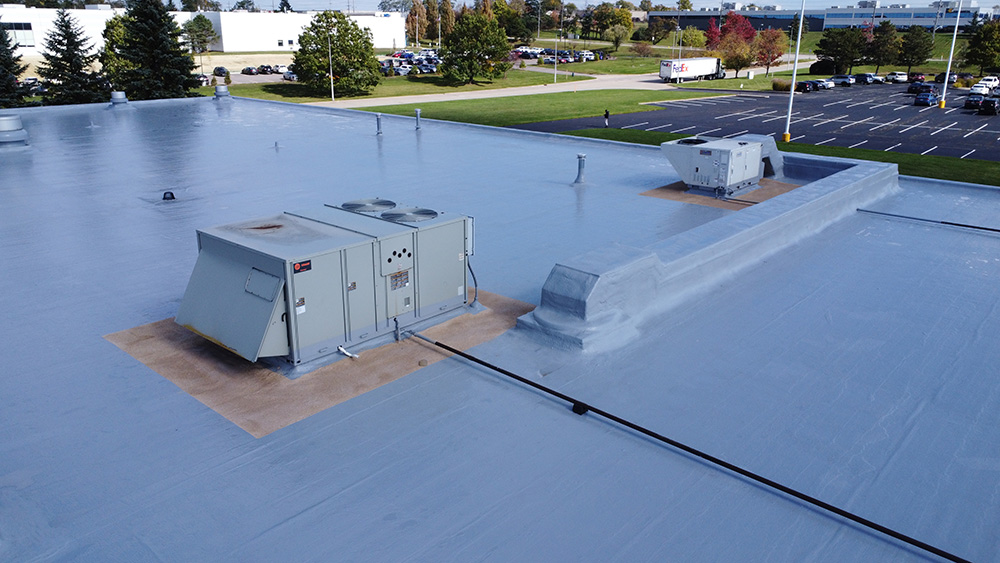
Here are some problems with silicone roof coating systems:
- Strict eligibility
- Slippery when wet
- Does not increase R-value
- Easily gets dirty
- Nothing sticks to silicone…but more silicone
Here are some problems with spray foam roofing systems:
- Needs to be at least 50 degrees Fahrenheit to install
- Finding a contractor that knows how to properly install foam (it’s not easy)
- The wind carrying foam onto undesirable areas/assets (there are means and methods to avoid this)
What other things should a building owner watch out for?
The most important aspect of any roofing project is the quality of the installation.
We promote fluid-applied roofing systems, but metal, TPO, EPDM, and all other roofing systems can work fine… if installed correctly.
Yes, a contractor may cost more coming from another state, but the additional travel charges are a small cost to the overall project…and it will save you thousands of headaches in the future.
- You want someone with experience and longevity
- You want someone who is going to be there for the entire length of the warranty
- You want someone without a bunch of bad Google Reviews
- You want someone who’s done multiple projects just like yours (for example, they have experience putting coatings on an EPDM roof, if that’s what you’re looking at doing)
Anything that provides trust that the project will be done correctly is paramount.
Conclusion
I hope you learned at least one new thing today regarding a solution for your mystery leaking roof.
One thing that will calm the mind is sealing everything.
And that can only be done with a fluid-applied roofing system.
